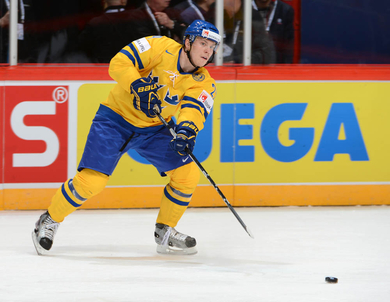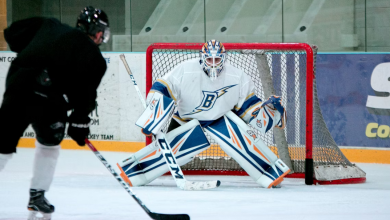Flyers Gustafsson A Key Part Of Sweden’s World Championship Victory

There is always concern in Philadelphia over the team’s defense system as it continuously seems to cost the Flyers. There is room for optimism, however, as youngster Erik Gustafsson is showing tremendous signs of promise.
The 24 year old missed some time with injury in this shortened season but still managed to play 27 games for the Flyers. The youngster only accumulated eight points on the year but finished strong with three goals and three assists over his final 13 games.
In a Flyers season where many players had horrific plus minus totals, Gustafsson went a respectable minus one. He was even seeing top unit power-play time at the end of the year. It is obvious the coach has faith in him and it is no surprise the 24 year old represented Sweden at the World Championships. It is also no surprise that host Sweden was able to take the gold medal.
Gustafsson played all ten games for the Swedes while logging the most ice time among all players on the club. Before the gold medal game ,he averaged a whooping 24:10 of ice time per game for the Swedes and his plus five rating was also tied for tops on the squad.
He added a goal in the gold medal game and was able to finish the tournament with a a very impressive plus seven rating.

(Andre Ringuette / HHOF-IIHF Images)
Depending on the moves made by the Flyers general manager in the off-season, Gustafsson will likely be taking on an even bigger role with the Flyers next season. If his play at the world championships is any indication, he seems destined to fill a much bigger role on a Flyers team in need
Sweden won the gold medal and there is no question that the Flyers defenseman is a big reason for the team’s success. The Flyers may have one of the weaker defense cores in the league but they have a rising star in Erik Gustafsson.


